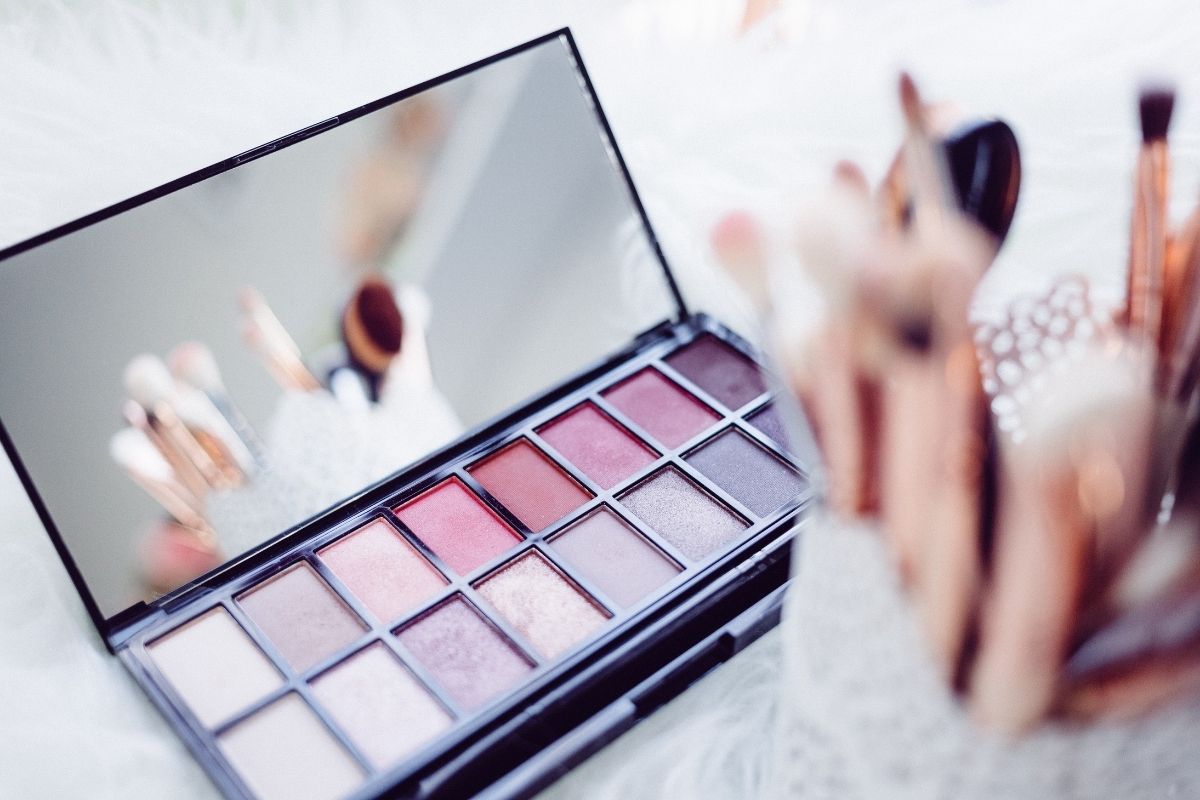Connecting with Your Customers: Telling the Brand Story: The Brand Deefines the Customer Experience
How do you effectively brand your product online? Ecommerce is a craft. You have less than 10 seconds to capture the attention of a potential consumer. It’s about relating directly to crafting the perfect story. The story is a general narrative applicable to many people and a multitude of life experiences.
When I worked at Barney’s, we were tuned in. Every new brand had a story behind it, including the collection. However, it left an enigma that raised questions: What is the story of the brand’s history? Why was the brand created? How was the brand’s name created? Why did the brand choose the colors they did?
Factors such as those are considered when marketing your brand. The question remains: How do you effectively gain an online audience to hear your story in such a short time? It’s critical to ensure that the images displayed on your e-commerce website or a retail partnership website accurately represent your brand.
Accurately representing your brand is one of the most important factors you have in e-commerce advertising. Your target audience must feel that you understand them, that you’re speaking to them, not at them. If I’m trying to reach 18-year-olds, and I’m using this kind of formal, prim, and proper business tone, it’s not likely going to be effective on that target audience.
If I’m speaking or marketing to seniors using emojis, vulgar language, modern images, and people, fur coats, funky styles, it’s not going to resonate with them. They require marketing that is familiar to them, understanding and providing that comfort is a much better approach. One of the first things you must always do is begin with entry-level ideas— who am I going to market to? What’s different about my brand? Most importantly, how am I going to communicate that?



